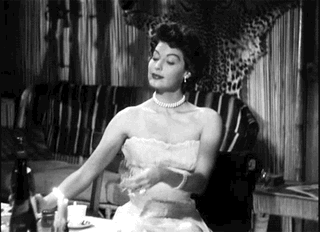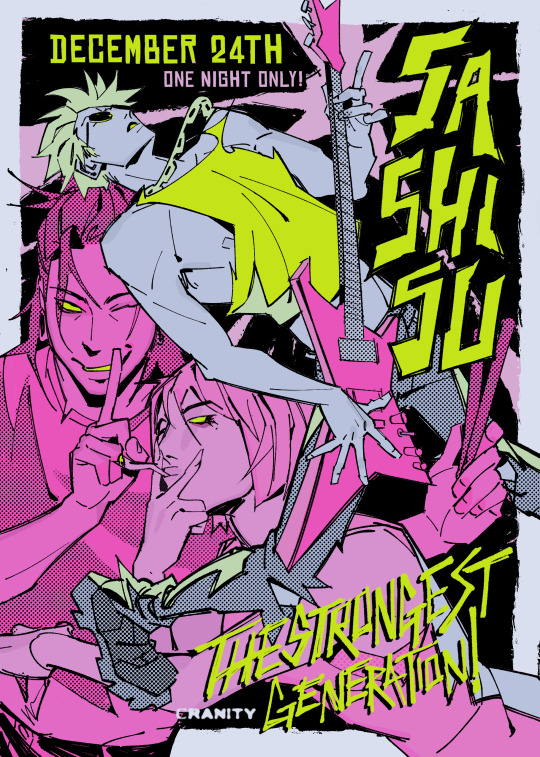#THIS PIECE!!! this piece this piece this piece
Explore tagged Tumblr posts
Text

happy year of the snake! 🐍❤
#limewashedart#cleo#tw snakes#zombiecleo#zombiecleo fanart#hermitcraft#hermitcraft fanart#anyone else just think that they are sooooooooo!!!!!!!!!!!!!!!!!!#snakes are so much harder to draw than i thought.....#if i had thought the overall piece out better she would have been sitting gracefully in the snake's mouth but alas
3K notes
·
View notes
Text




I had thought about if Luffy had recruited the Strawhats in a different order and they got to see different crewmates origins/events leading up to becoming pirates, and well-
Zoro's whole first-meeting ordeal might have left a different first-impression with Sanji
#black leg sanji#zosan#roronoa zoro#one piece#monkey d. luffy#op koby#momoart#we love a man who doesn't waste food even when it's mostly dirt and he hates sweet things
2K notes
·
View notes
Text

games day
#one piece#zoro#sabo#luffy#strawhats#portgas d ace#monkey d luffy#nico robin#nefertari vivi#brook#chopper#usopp#nami#franky#sanji#my art#jinbe
1K notes
·
View notes
Text

Adorn
#this was the original colors for this piece... i dont think I ever uploaded it publicly..#felt like the final colors might have been liked better..#but im gonna do a small printing of this one soon
1K notes
·
View notes
Text
Unpopular opinion,
Too many men are written as “dom daddy” types in fics.
Like be for real, that man would be honored to be your floor mat.
He’s not giving orders, he’s taking them.
Stop being afraid, put on your big boots, and step on that man.

#x reader#slasher x reader#monster x reader#reader insert#slasher lover#monster fucker#monster lover#jjk x reader#cod x reader#lads x reader#love and deepspace x reader#squid game x reader#dc x reader#marvel x reader#x you#x y/n#fanfic#writers on tumblr#Twisted wonderland x reader#genshin x reader#obey me x reader#haikyuu x reader#one piece x reader#bnha x reader#x reader fic
1K notes
·
View notes
Text

castle town
#myart#deltarune#kris#susie#ralsei#YOOO the first full piece ive drawn in over 2 years i think#besides my comic anyway#cannot express enough how much i didnt know i had it in me ANISNICNJ
1K notes
·
View notes
Text

gone fishin'
#this is the first time i drew a full piece where gabriel is not in his armor#feels odd.#art#drag00niart#ultrakill#v1 ultrakill#v1#gabriel ultrakill#gabv1el#ultrakill fanart
987 notes
·
View notes
Text

I love when i look in a window and find a cat there
#art#fantasy illustration#inks#artists on tumblr#cat#really old piece#LOL#I just have a few old wips that i wanna finish before heading out for my long trip#feels good….#theres actually a few more pics on this theme i’ll finish soon too#and add on to this post#cats#cat art#garden#window
918 notes
·
View notes
Text

. ݁₊ ⊹ . ݁˖ . ݁..thinking of you wherever you are... ݁₊ ⊹ . ݁˖ . ݁
#kingdomhearts#kh#kh kairi#kairi#destiny islands#my art#I did a piece like this before#but it never really conveyed what I really wanted it to#this one isn't quite it either#but much closer
880 notes
·
View notes
Text

will you help them?
#one piece#trafalgar law#trafalgar d water law#donquixote rosinante#donquixote corazon#ive been playing too many mobile games#and that ad always showed up#like woman wtf are you doing#sick of her
719 notes
·
View notes
Text

when the 𝑓(𝑥) = 𝑎𝑥³ + 𝑏𝑥² + 𝑐𝑥 + 𝑑 😋
#bloodborne#micolash host of the nightmare#decadentart#Hello Again Ugly. Ew#actual title of piece is ‘function’#nothing rlly special just kinda playing around . this wasnt the original idea. was originally gonna have a bit more . Moths#saving that for latterrr :)#For those curious#it tooks mw like. 20 mins to get a good looking graph on demos. i hate math. UAGH#working on more art of this guy btw. he really makes me sick#this is kind of a quick scribble tbhh cuz . uah. inspiration struck hard randomly
884 notes
·
View notes
Text

Robiiiiin, whatcha readin'?
#one piece#nico robin#wtt art#monkey d luffy#their friendship means the woRLD TO MEEEE#nOT SHIP ART#they are friends that's her little guy dont be WEIRD
583 notes
·
View notes
Text

uu my hand


#doodles#sundrop#moondrop#i think this has been done already but its still silly#this is sun w gregory#anyway i just needed to. draw smth familiar. like a warmup. yea.#something like that. bc that satan piece killed me
542 notes
·
View notes
Text

ive been thinking about that one cora card. where is he supposed to be at here?

#one piece#trafalgar law#my favorite drawing perspective is who the fuck caaarresss omg who caaarreeeeessss
528 notes
·
View notes
Text

The Strongest Generation [One Night Only!]
#also an old zine piece hehehe didnt realise i could post it till recently#jjk#gojo satoru#geto suguru#shoko ieiri#my art#im gonna riso this i think it'd look fun
719 notes
·
View notes